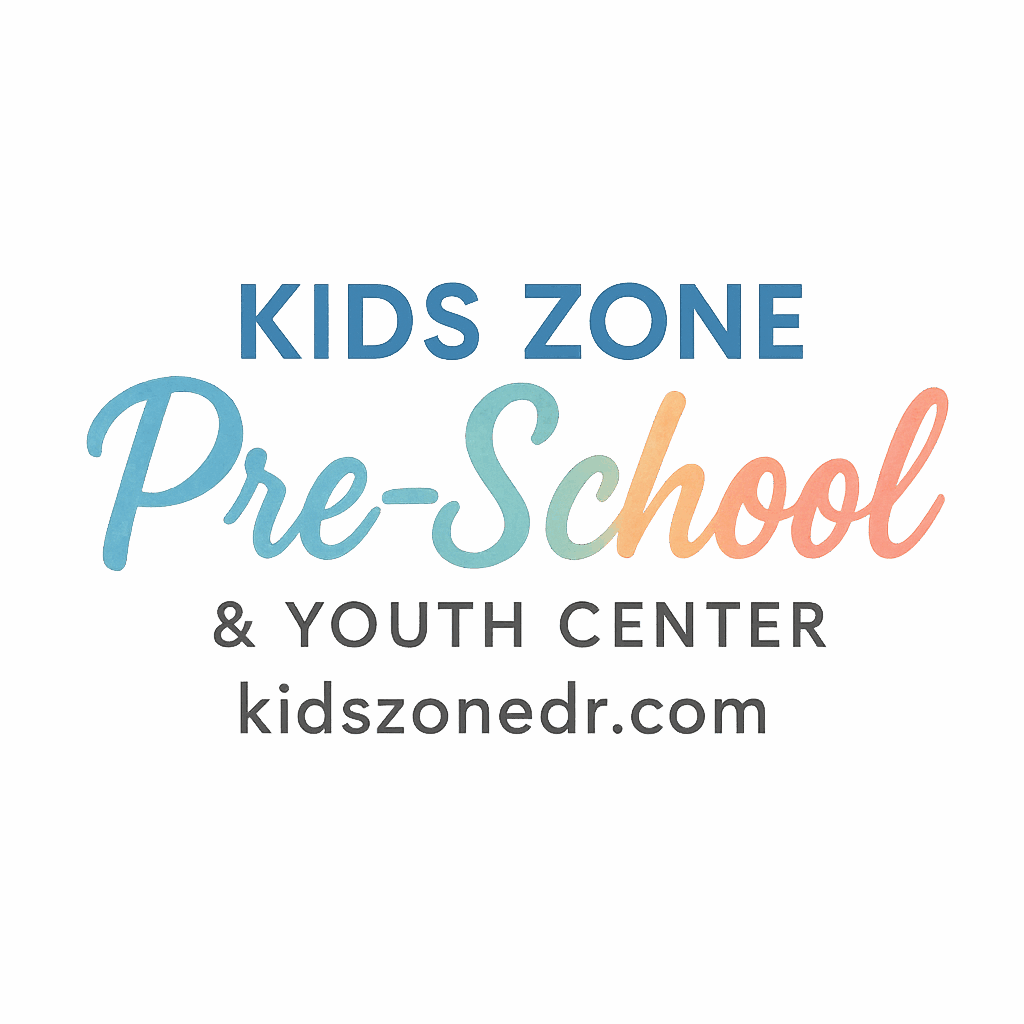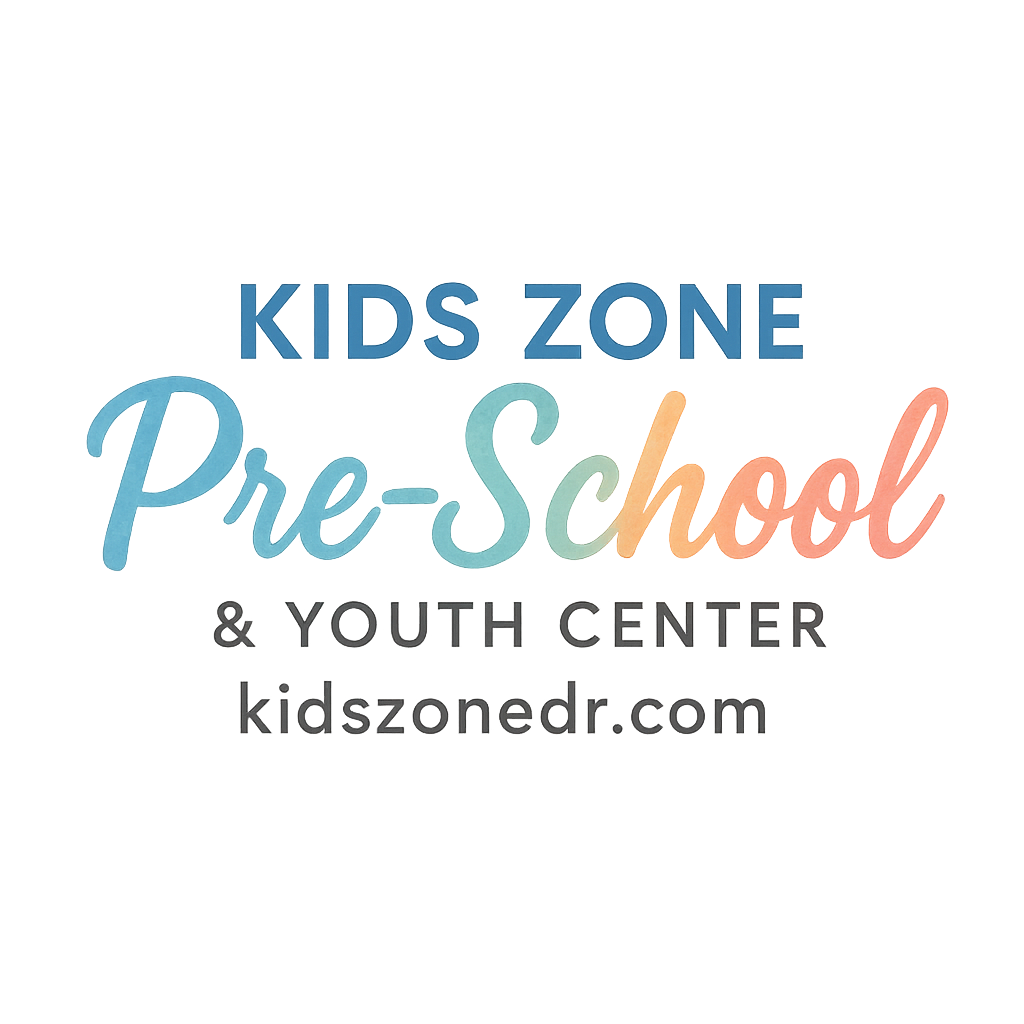Introduction: Why Rhythm Games Matter in Early Childhood
Ever noticed how kids naturally start tapping their feet or clapping along when music plays? Rhythm isn’t just fun—it’s a foundation for learning. In preschool and youth centers, rhythm games combine play and education, making them powerful tools for teaching focus, motor coordination, and even early math skills.
The Role of Music in Preschool Development
Music is much more than background noise in the classroom—it’s a learning tool. When children engage with rhythm, they’re actually strengthening multiple developmental areas.
Building Cognitive Skills Through Rhythm
Rhythm patterns help kids recognize sequences, a skill they’ll later use in math and reading. Much like solving puzzles, clapping or drumming to a beat trains the brain to find patterns.
Boosting Social and Emotional Growth
Playing rhythm games together encourages teamwork and boosts confidence. When kids share instruments, wait their turn, or perform in front of peers, they practice self-regulation and social skills.
For more insights on how music ties into preschool learning development, check out our detailed guide.
Game 1: Clap and Repeat
How to Play
The teacher claps a simple rhythm, and the children repeat it. As they progress, rhythms get longer and more complex.
Learning Benefits
- Improves memory and listening skills
- Builds hand-eye coordination
- Introduces rhythm basics in a stress-free way
Game 2: Musical Statues with a Twist
Steps to Play
- Play upbeat music.
- Children dance and move.
- When the music stops, instead of freezing silently, kids must clap a short rhythm before freezing.
Skills Developed
- Enhances self-control
- Combines movement and rhythm recognition
- Teaches active listening
Game 3: Rhythm Stick Fun
Materials Needed
- Wooden rhythm sticks or simple safe alternatives (like chopsticks taped together).
How It Helps Children
Kids learn to tap sticks to beats—fast, slow, loud, and soft. This game introduces musical dynamics and rhythm control, while strengthening motor coordination.
Check more about creating engaging daily routines and activities in preschool.

Game 4: Drum Circle Adventure
Setup
Arrange children in a circle with small drums or hand percussion instruments. One child starts a rhythm, and the others join in.
Benefits for Group Learning
- Teaches cooperation and unity
- Encourages creativity
- Builds awareness of group timing
Game 5: Pass the Beat Around
Instructions
- Kids sit in a circle.
- One child claps a beat, and the next continues the same rhythm.
- The rhythm passes around the circle, getting faster each round.
Why Kids Love It
The suspense and laughter of keeping the rhythm going keeps everyone engaged, while also building listening and focus.
Game 6: Animal Rhythm Imitation
Gameplay
The teacher calls out an animal, and kids imitate the rhythm it might make. For example: “Elephant” could be a slow, heavy beat, while “bird” might be quick and light.
Developmental Perks
- Encourages imagination
- Links rhythm with storytelling
- Strengthens language development through descriptive play
Game 7: Rhythm Freeze Dance
Steps to Play
- Play different styles of music.
- Kids dance freely.
- When the music pauses, the teacher claps a rhythm that kids must copy before resuming.
How It Encourages Movement
This game blends free movement with structured rhythm practice, helping children balance creativity with discipline.
Game 8: Echo Singing and Clapping
How to Play
- Teacher sings or claps a short pattern.
- Children echo back exactly.
Why It Works Well for Preschoolers
Echo play builds confidence, memory, and vocal awareness. It’s also a natural way to strengthen listening skills.
Explore more tips for parental guidance and involvement in preschool learning.
Game 9: Build a Rhythm Story
Instructions
Children create a story together, adding rhythm sounds for each part. For example: “The rain fell” (soft drumming), “The thunder boomed” (loud stomping).
Creativity and Imagination Benefits
This activity ties rhythm into literacy, encouraging storytelling while building group cooperation.
Tips for Making Rhythm Games Engaging
Keep It Short and Fun
Preschoolers have short attention spans. Rotate games often to keep them interested.
Mix Music Styles
Expose kids to jazz, classical, pop, and world music. It broadens their cultural awareness.
Encourage Participation
Celebrate effort, not just accuracy. Applause and encouragement boost confidence.
Safety and Wellness in Music Play
Volume Awareness
Keep instruments at safe sound levels to protect sensitive ears.
Safe Instrument Choices
Use age-appropriate, non-toxic instruments without sharp edges. Read more about health and safety in preschool.
Parental Involvement in Rhythm Activities
Simple Games at Home
Parents can use pots, pans, or even clapping games to practice rhythm at home.
Supporting Preschool Learning at Centers
Involving families strengthens community and reinforces classroom learning. Explore how parents’ involvement shapes kids’ growth.
Connecting Rhythm to Daily Routines
Music in Morning Transitions
Use clapping patterns or songs to help kids settle into class.
Using Rhythm for Clean-up Time
Turning chores into rhythmic games makes them enjoyable and efficient. See more on daily schedules and routines.
Conclusion: Building Lifelong Skills Through Rhythm
Rhythm games aren’t just fun—they’re a gateway to learning, creativity, and connection. Whether clapping, drumming, or dancing, preschoolers and youth center kids gain focus, social skills, and a love for music. By weaving rhythm into routines, we’re planting seeds of confidence and creativity that last a lifetime.
FAQs
1. Why is rhythm important for preschoolers?
Rhythm builds memory, coordination, and early math skills. It also helps kids express emotions and connect socially.
2. How often should rhythm games be played in preschool?
Even 10–15 minutes a day can make a big impact on development.
3. Do children need real instruments for rhythm games?
Not at all! Clapping, stomping, or using safe household items works perfectly.
4. Can rhythm games support language learning?
Yes. Rhythm patterns mirror speech patterns, helping with pronunciation and fluency.
5. Are rhythm games safe for toddlers?
Yes, with supervision and age-appropriate instruments, rhythm play is safe and beneficial.
6. How can parents encourage rhythm learning at home?
Through clapping games, singing, and involving rhythm in chores or storytelling.
7. What’s the biggest benefit of rhythm games in youth centers?
They foster teamwork, confidence, and a sense of community while building essential skills.


